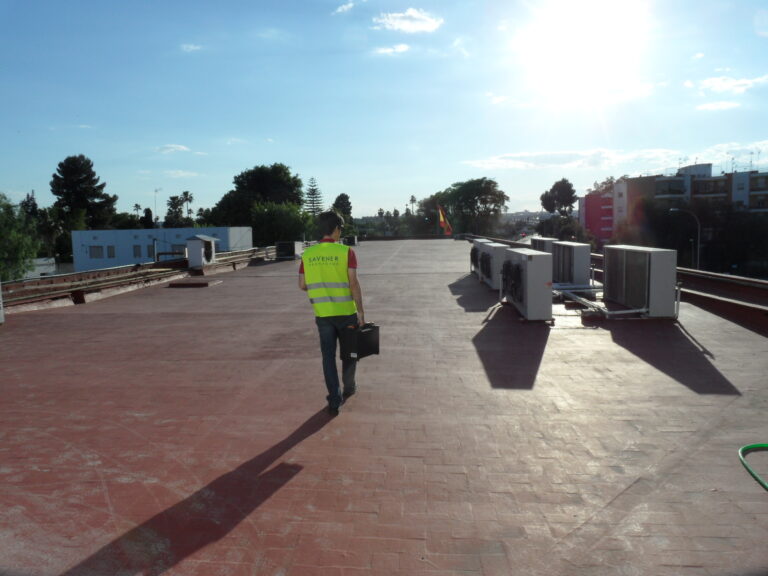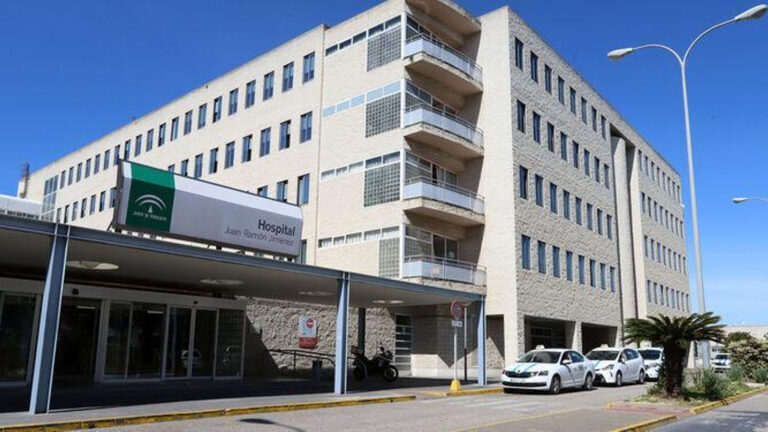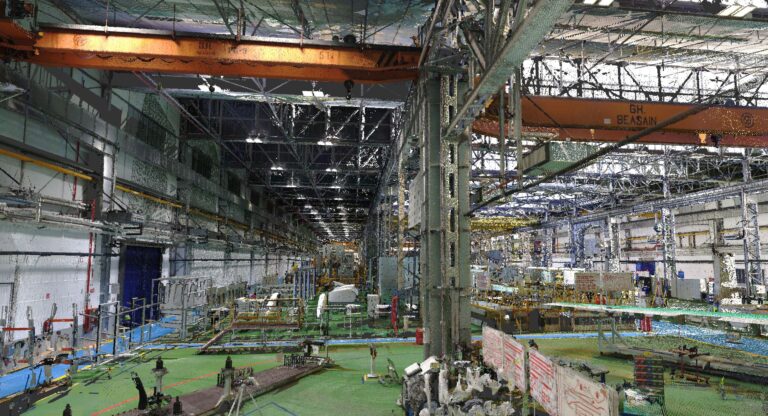HVAC / CLIMATE CONTROL
Leaders in the development of the world’s most innovative, sustainable and important systems, which have signified substantial and permanent changes to the way HVAC solutions are handled.
When our team starts work to develop Climate Control Projects, their mission is always to find a solution that creates a healthy and comfortable space for the user, an affordable system that is easy for the owners to maintain while also being efficient in its use of resources, especially energy and water.
El superb expertise and qualifications of the SAVENER team has made our company and our solutions a point of reference within the sector. Our team has designed some of the world’s largest systems in terms of heating power and have created solutions that represent lasting, substantial changes for the future of projects in many areas.
We use the most advanced tools to analyse the alternatives, running simulations and testing all the options, looking for optimal solutions to make an effective balance between efficiency, investment, maintenance and operations and offer users healthy and comfortable results.
SAVENER has tackled projects in extreme locations where ordinary solutions do not apply, and where our specialists have come up with an innovative answer that in many cases has become a standard repeated in these regions. Whether they are desalination plants in desert areas, or vessel climate systems in the middle of the ocean, SAVENER has always been able to find the solution that goes beyond our customers’ expectations and successfully overcomes the challenges involved.
As is usual for SAVANER, whatever the type of project, the whole design process is completed using BIM platforms and other 3D modelling tools that are required to integrate its solutions into the fabric of a larger project. These tools offer the highest levels of quality, precision and speed in the preparation of the work. SAVENER’s BIM department uses cutting-edge systems to generate effective information with precision. They do this by applying techniques that range from 3D laser scans of the site prior to starting work to the inverse scanning to monitor the progress of the works and the incorporation of meta-information to generate models for maintenance and operations that can then be manipulated using augmented reality.


